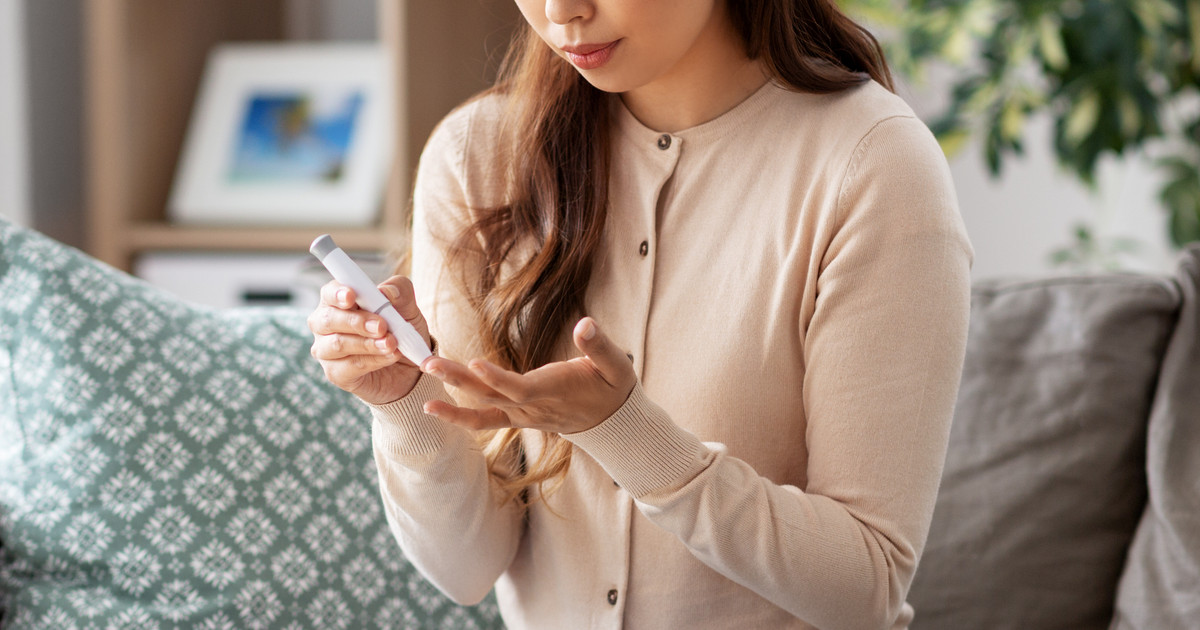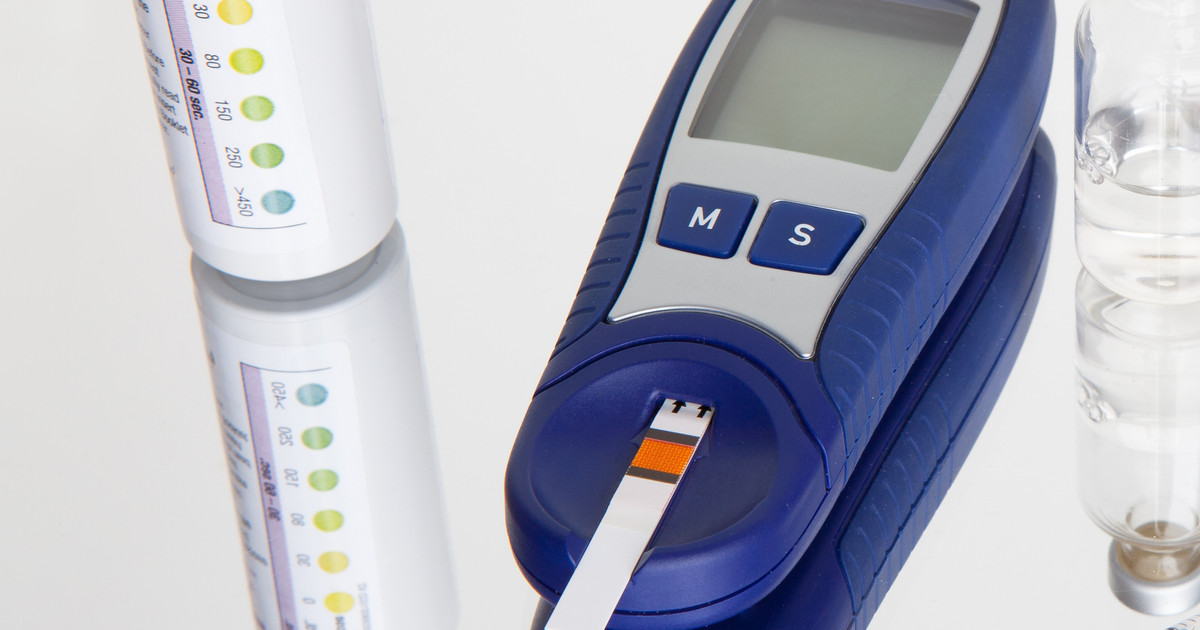Tips For Blood Glucose Monitoring
One of the most crucial parts of diabetes management is regular blood glucose monitoring. Patients need to understand how their blood sugar is impacted so that they can treat their condition appropriately. If they can test their blood glucose regularly, patients will know when their levels are too high or low to be healthy. This can prevent potential emergencies.
Tracking their blood glucose levels over time can help patients understand the different ways that diabetes medication and other medicines, food, and exercise impact them. Thankfully, there are easy ways to engage in blood glucose monitoring, such as using a glucometer, otherwise called a blood glucose meter. Some blood sugar monitors even offer continuous glucose monitoring. Of course, patients should still understand certain elements of blood glucose monitoring first.
Establish A Routine

One of the best things to do for blood glucose monitoring is to establish a routine. This will help patients determine how many times they need to test their levels per day. Individuals can talk to their doctor about their exact plan, including the most important times to test their levels. Some common times for patients to check their blood glucose levels include while fasting, before going to bed, before meals, and after eating. Different patients will have different concerns and needs. Thus, the plan should be tailored to each patient's situation.
Once a patient's schedule is taken care of, they can integrate monitoring into their daily routine. There are different meters that have timers and alarms, so they will tell patients when it is time to test their blood glucose. Setting alarms makes it easier to remember to take measurements. This also makes it easier for individuals to eat their meals at the same time each day, which is another key aspect of controlling their blood glucose.
Keep Supplies Handy

Individuals need to keep their glucose meter and monitoring supplies with them wherever they go. Whether they are out with friends, at home, or in the office, patients should be able to test their blood glucose. Even if individuals do not expect that they will need to check their levels, it is still essential to have the supplies with them. Sometimes unexpected situations can come up. In addition, individuals may need to check if they are experiencing symptoms of high or low blood glucose.
There are several tools that patients will need to keep track of their blood glucose. One is the glucose meter itself, which measures the amount of sugar in the blood. Individuals will also need test strips. These allow the meter to read the patient's blood glucose levels. Lancets are needles patients use to prick their finger to take a drop of blood from it. Individuals should take measures to prevent potential infections as well. For instance, patients must ensure that they do not share their supplies with anyone else and always dispose of used supplies rather than reusing them.
